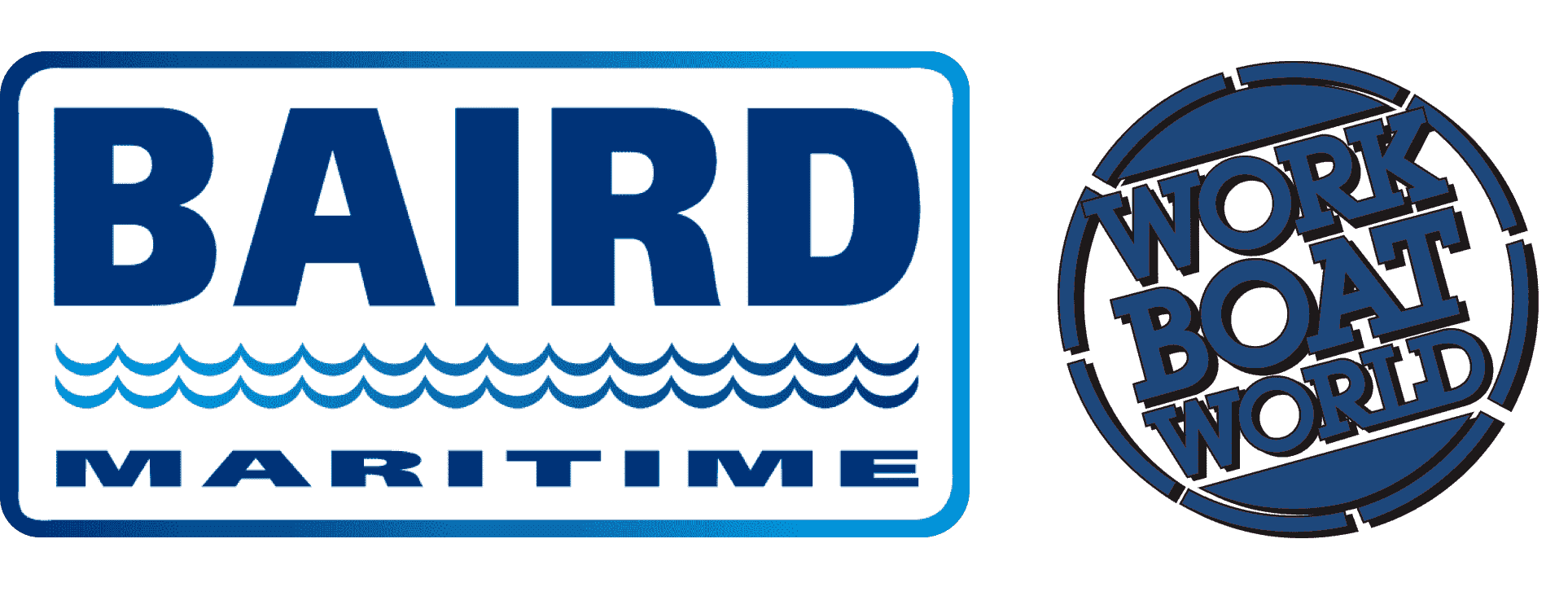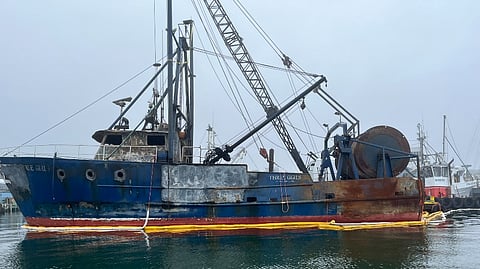NTSB reveals hydraulic system component failure led to fire on fishing boat
The failure of a component on the hydraulic system for on-deck fishing equipment likely led to a fire aboard a fishing vessel in the Gulf of Maine, the US National Transportation Safety Board said Thursday.
On August 11, 2024, the fishing vessel Three Girls was fishing in the Gulf of Maine when a fire broke out in the vessel’s engine room.
The five crewmembers and a National Marine Fisheries Service observer abandoned the burning vessel and were rescued by the US Coast Guard. No injuries or pollution were reported, and damage to the vessel was estimated at $1.3 million.
The crew of the Three Girls began fishing on August 10, 2024, and collected about 20,000 pounds of various groundfish over the next two days.
When the fishing net was recovered from the seafloor around 20:50 local time on August 11, the captain noticed a burning smell that he believed was electrical in nature. He saw thick, black smoke flowing out from the engine room exhaust fan in the port stack and engine room door.
The captain determined the fire was too intense to fight and directed the crew to prepare to abandon ship. The crew launched and entered the liferaft in a quick and orderly fashion less than eight minutes from the time the captain first smelled smoke.
During a postfire examination in the engine room, investigators found several exposed surfaces were heavily covered in soot, and there were a few areas of “clean burn” present between the hydraulic return oil filter housing and the winch engine that had been operating at the time of the fire.
This indicated the fire had burned hottest there and that the fire area of origin was likely in the port, forward corner of the engine room between the hydraulic return oil filter housing and the winch engine.
Investigators found all hydraulic hoses from the hydraulic return oil filter box were detached from their aluminum filter housing covers, which had been melted away by the fire, indicating the hoses, their fittings, or another component of the box had failed.
NTSB thus believes the cause of the fire was likely the ignition of pressurized hydraulic oil spraying on components of the running winch engine exhaust system.
“After an engine room fire ignites, it is imperative to remove the sources of available fuel and ventilation to the fire to prevent it from spreading,” the report said.
“Vessel designers, builders, owners, and operators are encouraged to install, regularly test, and have emergency drills that incorporate remote shut offs for all machinery within these spaces to ensure the machinery can be remotely stopped from outside the space where it is situated.
"Additionally, to prevent the reintroduction of oxygen to the space, vessel designers and owners should ensure that the ventilation, both natural and forced draft, can be completely and remotely secured to all engine rooms.”


